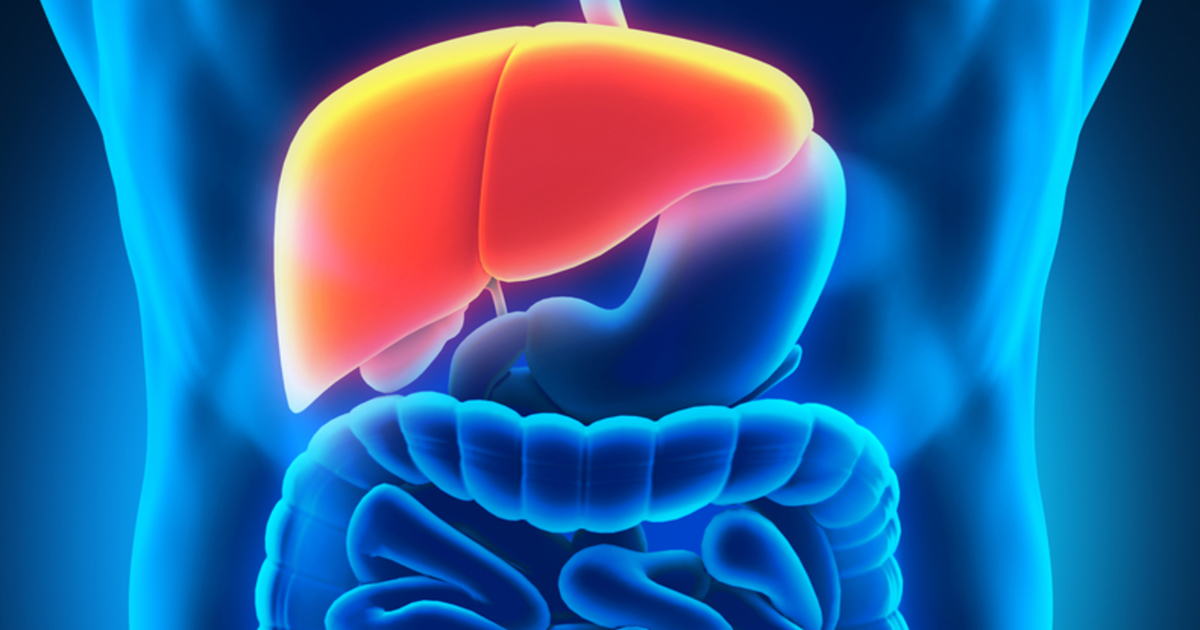Causes And Risks Of Hepatic Adenoma
A hepatic adenoma is a benign tumor of the liver. This type of tumor is incredibly rare, occurring in only 0.004 percent of the population that presents with risk factors linked to the condition. The inflammatory type is the most prevalent of the four types of hepatic adenoma, diagnosed in forty to fifty percent of individuals who have the tumor. The adenomas can cause unpleasant symptoms, such as abdominal pain and nausea, though many people do not notice any indications of the tumors until they rupture. While these adenomas are rarely cancerous and are not inherently dangerous, a ruptured tumor can cause complications and even fatality if undiagnosed and untreated. Therefore, it is important to be aware of the risk factors associated with the development of hepatic adenomas in order to stay on top of treatment. The use of oral contraceptives is the most widely attributed risk factor for these tumors, though several other medical conditions are also associated with an increased risk of developing a hepatic adenoma.
Hemochromatosis

Hemochromatosis is a genetic condition that can impact the health of the liver. This metabolic disorder causes the body to absorb an excess amount of iron from food. The typical amount of iron absorbed from a person's daily diet is approximately eight to ten percent. Individuals diagnosed with this disease can absorb as much as forty percent of the iron in foods they consume, and also struggle to rid the iron from their bodies. If untreated, high iron levels can cause disease and damage to the joints and internal organs. In addition to causing serious neurodegenerative, endocrine, and heart diseases, elevated levels of iron can also lead to disorders of the liver. While symptoms of hemochromatosis are often not identified in women until after menopause, the elevated levels of iron can lead to a hepatic adenoma, which typically forms and is diagnosed during childbearing years. Therefore, it is important to be aware of family history and any symptoms of excess iron throughout adulthood.
Keep reading to find out another shocking risk factor of hepatic adenoma.
Metabolic Syndrome

Metabolic syndrome encompasses the group of conditions that typically occur together and impact a person's risk of cardiovascular disease and other disorders. High blood pressure, cholesterol, triglycerides, blood sugar and body fat around the middle are indicators of an increased risk for stroke, diabetes and heart disease. The syndrome is caused by insulin resistance, obesity or an inactive lifestyle. Individuals who carry excess weight around their waist, have Type 2 diabetes or had gestational diabetes while pregnant are at an increased risk for metabolic syndrome. Women who have had polycystic ovarian syndrome are also more likely to develop this illness. The high blood pressure and impaired insulin response in the body with this syndrome can exacerbate the risk of developing a hepatic adenoma. This is particularly true for men with the diagnosis, who are ten times more likely than women to develop a benign liver tumor.
Reveal another risk factor that can lead to hepatic adenoma now.
Being Overweight Or Obese

A person with a BMI over twenty-five is considered overweight, while a BMI over thirty indicates obesity. BMI is calculated using a person's height and weight and is intended to determine how much body fat the individual is carrying. Being overweight or obese puts the body at an increased risk for a host of diseases and health issues. Type 2 diabetes is a concern for people with a high BMI, as the body struggles to regulate insulin and sugars. Carrying excess weight, especially around the waist, can also increase an individual's likelihood of developing heart disease, stroke, and cancer. The development of a hepatic adenoma is also more likely to occur in someone who is overweight or obese. Taking steps to manage one's weight can reduce the likelihood of developing a liver tumor in addition to preventing other serious and lifethreatening diseases.
Learn which common disease can cause hepatic adenoma now.
Type 1 Diabetes

Type 1 diabetes is a very serious illness in which the body does not produce insulin, or produces very little. Insulin serves an important role in the body in order to break down carbohydrates into usable energy and store them for later use. As a result, patients with this type of diabetes struggle to break down blood sugar into usable glucose for the body. When the condition is left untreated, sugar can build to toxic levels in the bloodstream. Therefore, patients with Type 1 diabetes must frequently check their blood sugar levels and supplement with insulin in order to keep their organs healthy and functioning efficiently. Over time, people with diabetes can experience organ failure or disease, including blindness, neuropathy, kidney disease and heart disease. This kind of diabetes can also exacerbate small infections, especially those in the lower legs and feet, and complications of the disease can be fatal. Since the liver is impacted by this disorder, the development of a hepatic adenoma is also much higher than in those with normal insulin production. In order to prevent the onset of serious organ diseases, it is important for diabetes to be quickly and properly diagnosed and treated.
Next, uncover another surprising condition that can lead to hepatic adenoma.
Glycogen Storage Diseases

Glycogen Storage Diseases are comprised of eleven different genetic metabolic disorders that prevent the body from properly breaking down and storing glycogen. Typically, individuals with these diseases are missing an enzyme that is responsible for properly breaking down food and maintaining appropriate glycogen levels. Similar to Type 1 diabetics, patients with Glycogen Storage Disease are unable to create enough glucose or use it to provide sufficient energy for the body. As a result, an excess of glycogen may be stored in the tissues of the body, particularly in the liver and muscles, though other organs may also be impacted. Due to the strain on the liver from these disorders, hepatic adenomas occur at a higher frequency than in healthy individuals. It is important to be aware of genetic predisposition in order to receive appropriate treatment in order to reduce the effects of these disorders on the body.
